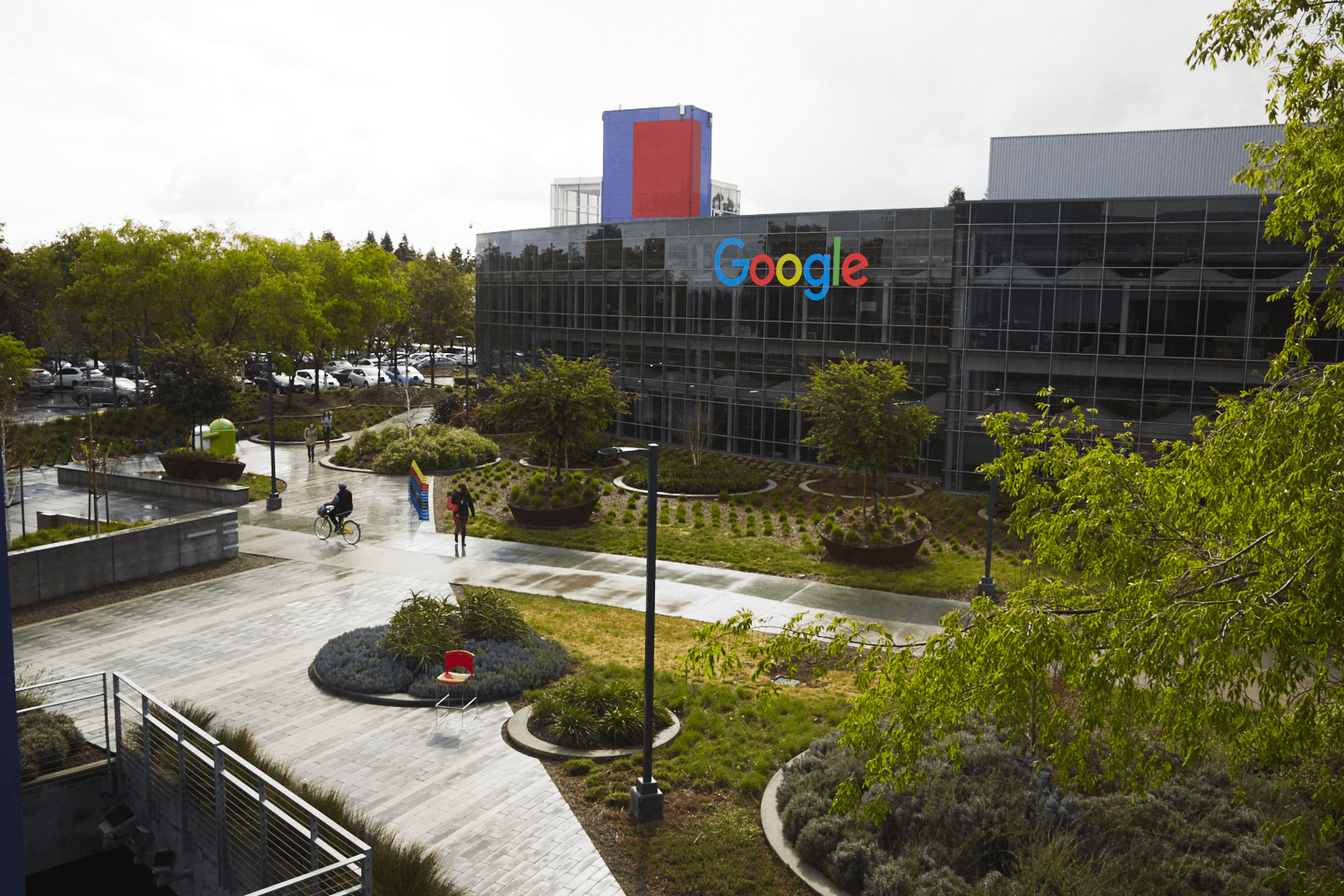Google-parent Alphabet (NASDAQ: GOOGL) (NASDAQ: GOOG) reported the results of its third quarter, and the market shrugged. While revenue growth was strong, profits fell far short of expectations.
Shareholders were initially disappointed at the results, with shares slipping about 2%. However, a careful review of the underlying information shows that things aren’t what they appeared. Let’s dig a little deeper into the results, which shows that investors’ first impressions were based on a misreading of the numbers.
Revenue up, profits down
Alphabet reported revenue of $40.5 billion, up 20% year over year, or 22% in constant currency. This easily surpassed analysts’ consensus estimates, which were calling for revenue of $40.33 billion. It also accelerated from Alphabet’s 19% growth in the second quarter.
The bottom line, on the other hand, was a source of investor disappointment. Alphabet’s operating margins slipped to 23% this quarter, down from 25% in the year-ago quarter. Net income of $7.068 billion fell 23% year over year, generating diluted earnings per share (EPS) of $10.12 — also down about 23% — and falling far short of expectations of $12.28.
Strong advertising gains
Excluding “other” revenue, Google advertising grew to $33.92 billion, up 17% year over year. This was also an acceleration from the 16% growth in Q2 and 15% in Q1. The company had continued success improving the rate of traffic acquisition costs (TAC), the payments made to partners like Apple for directing its users to Google’s web search. Similar to last quarter, TAC of $7.49 billion declined to 22% of Google’s advertising revenue, down from 23% in the prior-year quarter.
Paid clicks on Google properties rose 18% year over year, while cost-per-click for the quarter declined by 2%. Impressions on Google Network Members’ properties increased 12% compared to the prior-year quarter, while the cost-per-impression declined by 3%.
Google’s “other” revenue
Outside of its core advertising, Google’s “other revenue” segment — which is made up of Alphabet’s high-growth segments, including cloud computing, Pixel phones, Nest cameras, Google Play Store, and other hardware — climbed to $6.4 billion, up 39% year over year. It’s also worth noting that these businesses now account for nearly 16% of Alphabet’s total revenue. The biggest contributor is cloud computing, which recently achieved a run rate of $8 billion, though Alphabet continues to keep the actual numbers close to the vest.
Revenue from Alphabet’s “other bets” — which includes its self-driving-car segment Waymo, Google Fiber, life sciences division Verily, drone unit Wing, and balloon segment Loon — edged higher during the quarter, with revenue of $155 million, up 6% year over year. While the amount of revenue from these segments is minimal, they represent the high-growth areas of tomorrow.
A big misunderstanding
As uninspiring as Alphabet’s bottom line appears at first glance, there were two one-time items that sorely skewed the tech giant’s results, making the earnings look far less impressive than they actually were.
On the conference call, CFO Ruth Porat pointed out that the increase in general and administrative expenses was “primarily due to a $554 million charge” related to a French tax settlement. The company also recorded a $1.48 billion loss on equity investments (compared to a gain of $1.35 billion in the prior-year quarter).
With Alphabet having about 690 million shares outstanding, those two factors alone reduced the company’s earnings per share by $2.95. Added back to Alphabet’s reported EPS of $10.12, that would have resulted in EPS of $13.07, easily surpassing expectations.
For long-term investors, however, this quarter will be just one of many. Alphabet’s ability to continue to improve its search results, while financing the next generation of moneymakers, will ultimately lead to success.
 Act Fast: 75 Only!
Act Fast: 75 Only!








